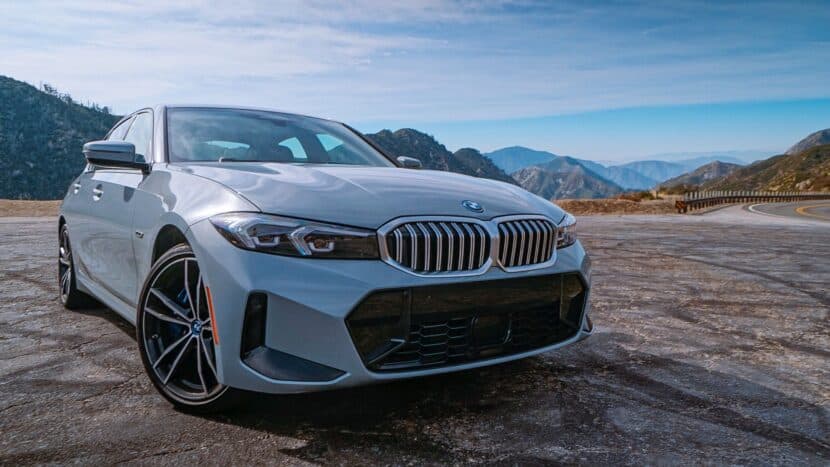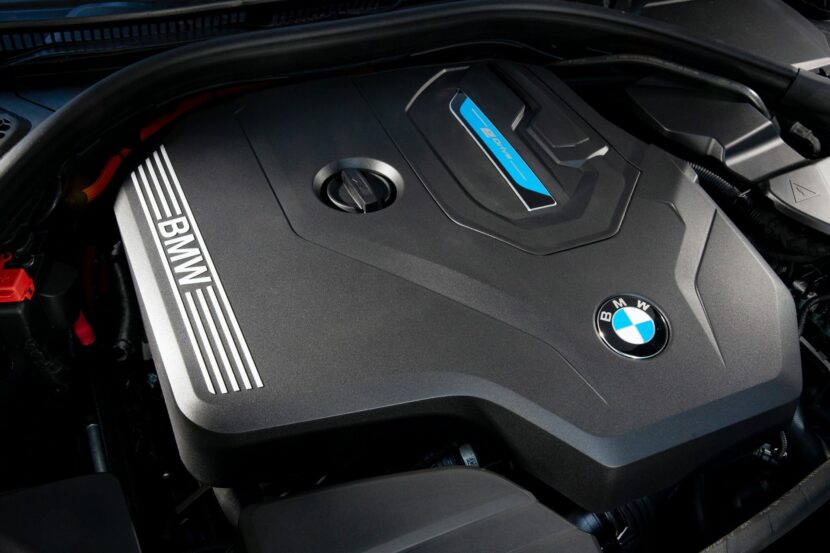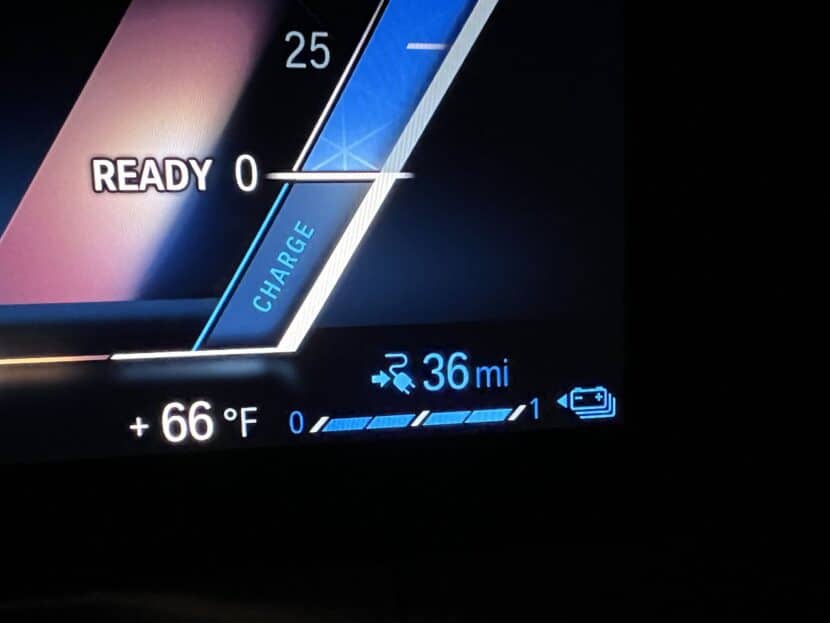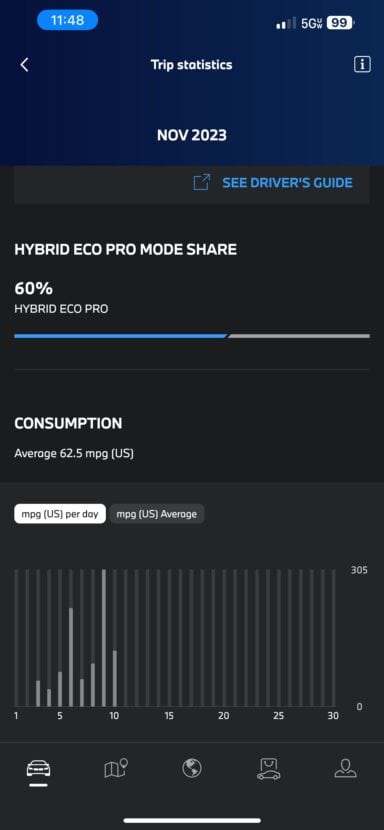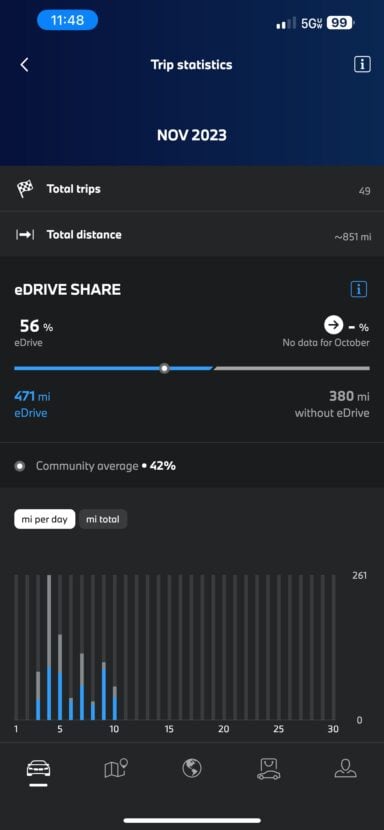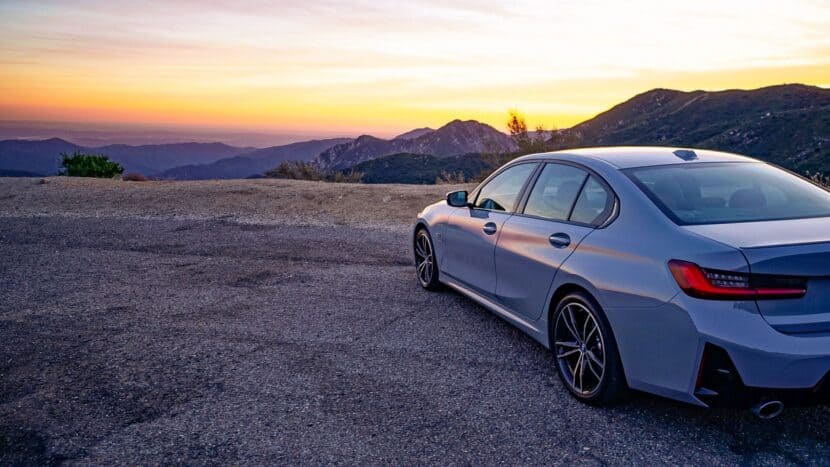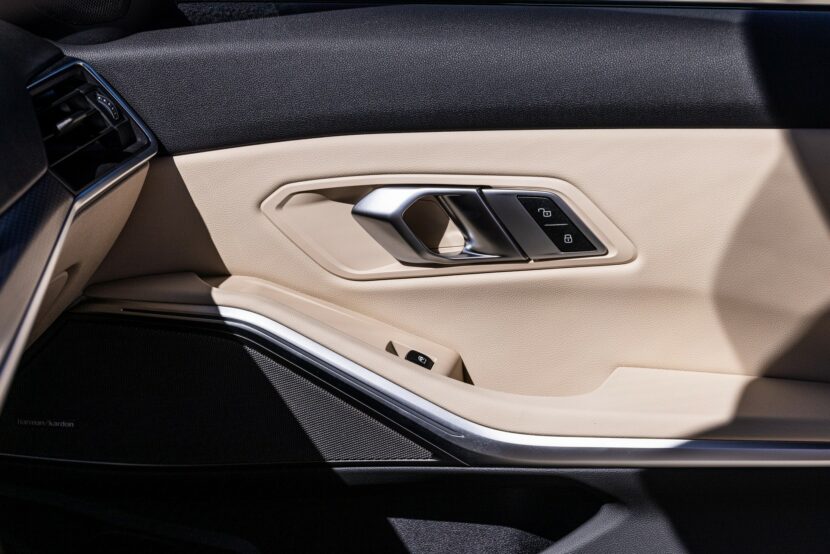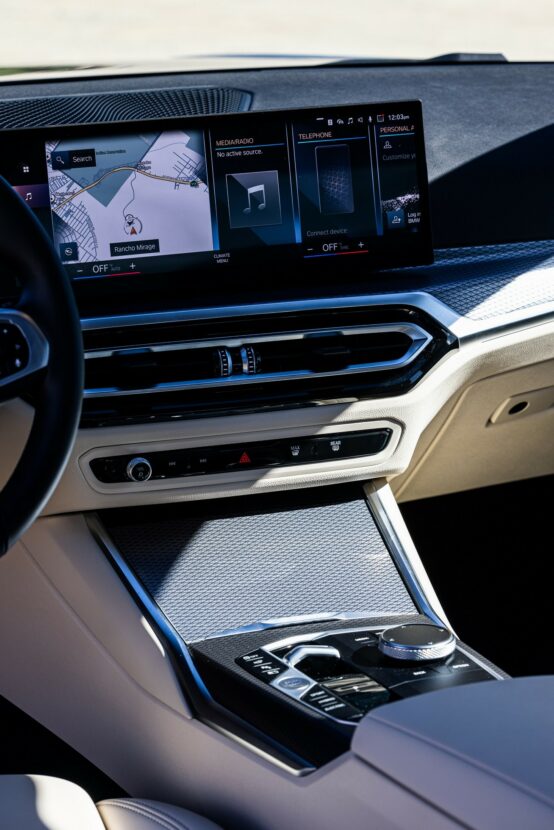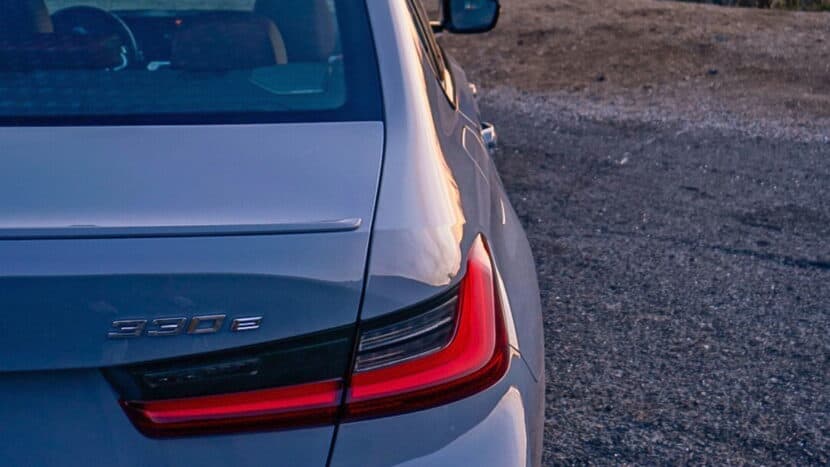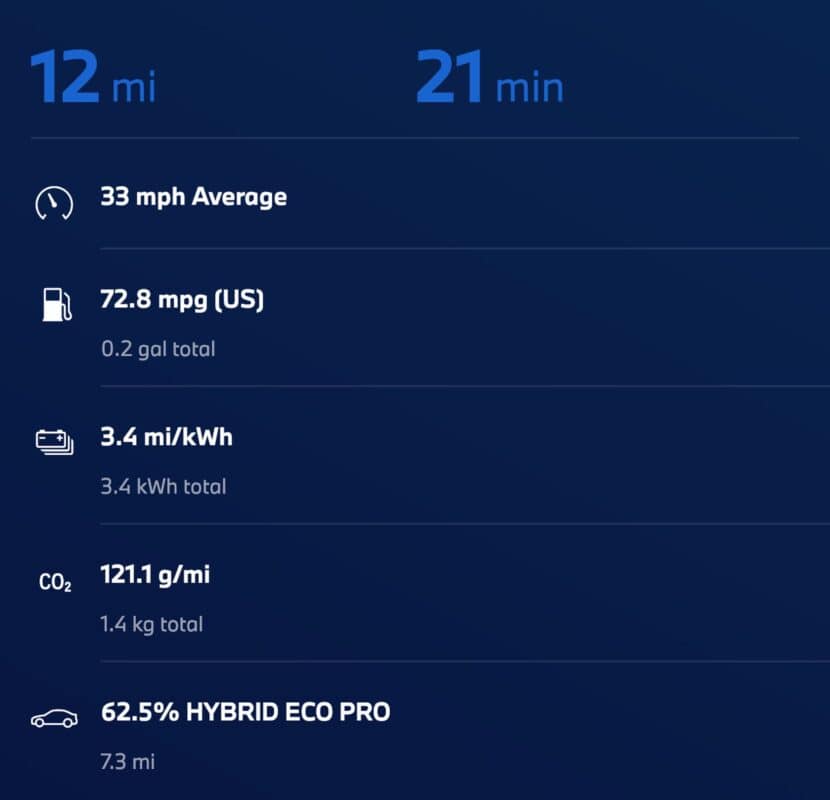The age of electrification is upon us. The wheels of progress cannot be stopped. Every year it seems like we start losing more and more of the elements we fell in love with when cars were raw mechanical machines. First it was the end of air-cooled engines, the disappearance of hydraulic steering and the now endangered manual transmission. While there is a certain character and charm to these mechanical elements that made us fall in love with cars, not all is lost. Cars are better than ever with the progress and innovation that’s been brought about in the Automotive industry, and particularly with BMW. The 2024 BMW 330e is just that: A better 3 series.
The BMW 330e: A Contender in the Evolving World of Plug-In Hybrids
I had my concerns when I first found out I would be driving the 330e. It seemed, on its surface, that it had some flaws that I’m worried make it less than an ideal replacement for a BMW 330i. After all, it’s nearly 400lbs heavier and the 9.1kWh usable battery pack is estimated to only get around 20-22 miles of EV range according to BMW and the EPA. That’s significantly less than other plug-in hybrids on the market now.
Luckily, I was pleasantly proven wrong. While Plug-In Hybrids have gotten a reputation for sometimes being a compromise that offers the worst of both electric and gas without the benefits, I found this car to be the opposite. The 330e offers the best efficiency benefits of electrification while still retaining the fun to drive nature the 3 Series has cemented is legacy on. This is still a fun to drive sports sedan that offers a wonderful blend of sportiness, luxury and practicality. Only now, it offers some of the best efficiency of any car without any of the limitation of being exclusively tied to a charging network.
BMW has this tendency to be very conservative with the performance figures they report. During my testing and experience with the 330e for a week in Southern California I found the 330e to exceed the stated figures for fuel economy, EV range, and performance. My particular 330e was finished in Brooklyn Grey, with the Tacora Red leather interior and Aluminum Mesh Effect Trim. The combination in addition to the LCI refreshed front design looked wonderful. While a typically a grey car may not attract to much attention, this car did. I had several people at charging stations ask me about this car.
Performance Beyond Expectations: Debunking Concerns about the 330e
The 330e utilizes the same B48 2.0L, 4-cylinder engine found in the 330i and 320i, however the engine has been detuned to make 181hp and 258 lb-ft of torque. This is combined with a 107hp electric motor located on the drive shaft between the engine and the ZF 8-speed transmission. The total combined power output between these two motors is 288hp an 310 lb-ft of torque. This is enough power to get the car from 0-60 mph in 5.0s flat according to MotorTrend testing. This is 0.9 seconds faster than BMW’s claimed figures. The addition of the electric motor and 12 kWh battery do add weight, as the curb weight has now increased to 4,096lbs.
Efficient Innovation: Unraveling the Dynamics of the 330e’s Hybrid Powertrain
This drivetrain essentially is a 330i powertrain with the electric drivetrain sandwiched on top. The battery pack has a built in buffer, out of the 12 kWh gross size, 9.1 kWh is usable. For the stated 22 miles of EV range, that would average an efficiency of 2.4 mi/kWh. Is that what I found the car to get in EV Mode? I got much better. I averaged between 3-4 mi/kWh, and the rear world range to be closer to 27-36 miles without using the gas engine. It’s important to remember the typical US driver averages 37 miles per day, or roughly 13,500 miles. While the power may not be potent enough for brisk acceleration, it was adequate for daily driving around town. The regenerative breaking felt progressive and aided in increasing the range for city driving. However, it was not quite enough for true one pedal driving that is common in most EVs.
Charging Challenges: Evaluating the Practicality of the 330e’s Charging Speeds
Charging is the one area where the 330e could use some improvement. At 3.3kW, the max charging speeds for this car will allow it to fully charge in about 3 hours. Using a standard 110v power outlet, the car will take approximately 12 hours to fully charge. This is a fairly common charging speed for many other plug in hybrids. However, newer PHEVs are starting to use the 6.6 kWh AC charging speeds that most EV’s use. There is even faster AC charging speeds at 11 kWh appearing in some newer Porsche plug-in hybrid models such as the new Cayenne.
While the 3.3 kWh charging speed is fine for charging the car overnight or during work hours parked outside an office, it does impact the ability for what I call “opportunity charging.” For those running errands, eating dinner out at a popular shopping center, or shopping, there may be a chance to plug in and charge for 30 minutes or up to an hour. With the wide proliferation of Level II AC charging stations at many of these destinations, this time may only be enough to add 1.5 to 3 kWh of electricity, which would equate to 4 to 12 miles of electric range. With faster charging speeds, it gives plug in hybrids more opportunities to drive on all electric and expands its use case to mix electric and gasoline driving depending on the trip.
Fuel Efficiency Triumph: Real-world Mileage and Cost Savings
The roughly 27-36 miles of range I encountered on a daily basis through LA traffic was enough to cover 60% of all of my driving that week. Over 851 miles, I averaged 62.5 mpg. However, there needs to be additional context added to this. Rather than typical commutes, I spent two days driving in the mountain and canyon roads outside Los Angeles in sport mode. I also spent two days driving over 160 miles each day. In between these two canyon driving days, during the week of daily commuting and two road trips consisting of 120 miles each, I averaged 81.1 mpg, with 236 of my 371 miles traveled done on electricity.
Overall, during my week with the car, despite the road trips and spirited canyon driving, I only used 13.2 gallons of gas. Charging only cost $23.57 for 94 kWh of total charging. With Gas at $5.50 per gallon, this came out to a total of $96.61 for all gas and electricity used during my week with the car. Over 851 miles, that total comes out to $0.11 per mile. Considering this week was in many ways, a worst case scenario for efficiency, that’s a very respectable outcome. Daily driving under 40 miles per day may allow some drivers to essentially never touch gasoline unless they wanted to take a road trip. Depending on your driving, you may see triple digit MPG over the lifetime of the car as many plug in hybrid owners have experienced.
Driving Dynamics: Balancing Weight, Power, and Handling in the 330e
Efficiency is only part of the 330e that left me pleasantly surprised. This car is fun to drive, something not many hybrids can say. The additional weight may be noticed when pushing the car to it’s limits. Most drivers will hardly notice. But a fun and unexpected benefit to the hybridization of the car is the weight distribution. Now at 49% front, and 51% rear, the car is actually more tail happy and likes to rotate. With the adaptive dampers from the Dynamic Handling Package, the 330e was a remarkably fun car to drive on a twisty canyon road. The driving dynamics were not lost, in fact, I preferred the power delivery and weight distribution of the 330e. Despite the added weight, electrification did not hamper the driving character of the car, It only enhanced it. The immediate electric torque delivery allows for great acceleration on corner exit, or for passing on the freeway.
For commuting, the comfort and luxury the 330e offered is fantastic for the price. The cabin is well insulated from wind and road noise. The EV propulsion has the added benefit of quieting the interior even further when the gas motor is off. The addition of the Driving Assistance Professional Package adds adaptive cruise control, lane keep assist, and automatic emergency braking. The package even adds Traffic Jam Assist, which when activated, allows for partial hands free driving up to 40 mph on the freeway in the right conditions. Having used this feature in LA traffic, it worked flawlessly and took a significant amount of stress out of commuting during rush hour. The adaptive cruise control is one of the better systems on the market. It does a great job at making gradual and progressive acceleration, braking and wheel movements that make it feel natural. Some system have a tendency to “ping pong” the car bouncing between the lines of the lane, but this kept it fairly center and this wasn’t noticed. Overall, the driver’s assistance tech worked great.
Interior Elegance: Exploring the Comfort and Tech Features of the 330e
The interior is typical 3 series. The newly added iDrive 8 with its curved display offers over 12” of digital instrument cluster space and 14.9” central infotainment display. Overall, iDrive 8 is generally very intuitive, fast, and presented beautifully. The only drawback would be the deletion of the HVAC controls from the pre LCI G20 series. There is ample storage space for sunglasses and other accessories around the cabin. The 12 way adjustable heated seats are comfortable for long drives but sadly lack a cooled function found in other BMW models. There is ample rear seat leg room for adults and the more traditional sedan styling lends itself to enough head room for adults under 6’ 3”. Overall it’s a very pragmatic and well designed interior and nothing is lost from the 330e from the rest of the lineup.
Trunk Space and Practicality: Navigating Trade-offs in the 330e’s Design
The only downside for packaging on the car is trunk space. The battery is located behind the rear seats and as such, the standard 16.9 cu ft of cargo space is reduced to 13.2. While it is shallower towards the rear, a split folding floor allows for other a deeper rear section of the trunk similar to the 330i’s or can be used to hide the charging cable below it, and maintain a flat floor. Even with the trunk floor configuration set completely flat, I was still able to fit an extra large checked luggage bag with enough room for a small roller bag, and enough room for another backpack and duffle bag. This reduced trunk volume will still be enough for most people, but it would be great if the US once again received the 3 series wagon as we did in the previous generations.
We are in a transition period between fossil fuels and electrification. The progress made in this transition varies by region. Charging network availability, reliability and density can make a big impact on if anyone wants to be one of the early adopters of an EV. While EVs do offer amazing benefits in convenience for charging at home and commuting, there are still many who reports problems and convenience issues on long road trips. This is where a good plug in hybrid blends the benefits of both. The 330e offered all the convenience of a traditional internal combustion engine car offers on a road trip or when the charging network had issues. But, for plugging in each night or when a charger was available significantly reduced my fuel usage and provided the savings associated with using electricity instead of gas.
The Cost Equation: Justifying the 330e’s Price Increase through Savings and Benefits
If you use California as an example, the cost of electricity is roughly $0.20 per kWh, which when accounting for 3 mi / kWh, lends to a cost per mile of $0.08. For $6 per gallon of gas, and accounting for the observed roughly 40 mpg on hybrid mode, the gasoline cost per mile translates to $0.15. A traditional 330i that averages 30 mpg would come out to $0.20 per mile. It is 2.5x cheaper per mile to run this car on electricity than it’s gasoline only sibling. I am going to use the 82 mpg observed during my commuting section of the week I had the car, excluding the two spirited canyon runs.
Assuming you drive the national average of 15,000 miles per year, you would use roughly 183 gallons of gas compared to 500 gallons of gas. This 317 gallons of gas difference would save you roughly $1,902 yearly assuming you were living in California. Other states may have much cheaper gasoline, but also lower charging cost as well. These savings may not be as large in other states, but for areas where gasoline is expensive, the 330e isn’t just a better overall performance car, it’s cheaper to own over the long term as well.
For the additional $1000 price increase of the 330e to the 330i, its possible to regain that price difference within a year of fuel cost savings. I found there to be other benefits to living with a plug in hybrid as well. In many popular shopping centers, there are conveniently placed level II AC charging stations specifically for EVs and PHEVs. In my case, this was it a great opportunity to charge and was in essence VIP parking. While others were driving around to different levels searching for a spot, I found one right up front. In California, this car also qualifies for HOV lane access for EVs and PHEVs when driving alone. This can shave sometimes over 20 minutes off a longer commute on freeways.
During my time with the 330e I tried to figure out if the addition of electrification to the 3 series platform made enough of a difference to justify the additional $1000 price increase. I was pleasantly surprised. Not only was the price increase more than worth it (you’ll save money anyway), it was just a better overall experience. The car is more than quick enough, It’s more efficient, it still handles great for a daily driver focused sedan. It offers all the luxury, more performance, and outstanding efficiency. The Europeans can consider themselves lucky they get the wagon version and that is the only thing that could make this car any better. The 330e is BMW’s most underrated car. It’s fantastic and if you were considering getting one, I wouldn’t hesitate. The 330e Is everything you could want in a BMW and more.
The rear-drive, plug-in-hybrid variant has a combined estimate of 28 mpg and an all-electric range of 23 miles. In our test, over 851 miles, we averaged 62.5 mpg
The total combined power output between these two motors is 288hp an 310 lb-ft of torque.
The 9.1kWh usable battery pack is estimated to only get around 20-22 miles of EV range according to BMW and the EPA
Exterior Appeal – 8.5
Interior Quality – 8
Steering Feedback – 8
Performance – 7.5
Handling – 8
BMWness/Ultimate Driving Machine – 8
Price Point – 8
8
The 2024 BMW 330e is BMW’s most underrated car. It’s fantastic and if you were considering getting one, I wouldn’t hesitate.

